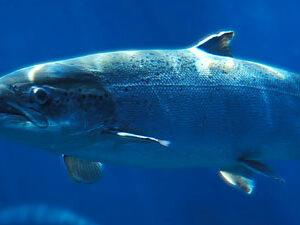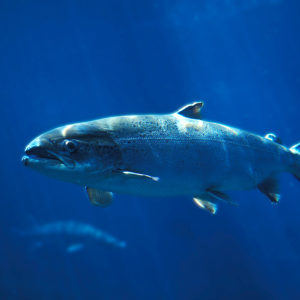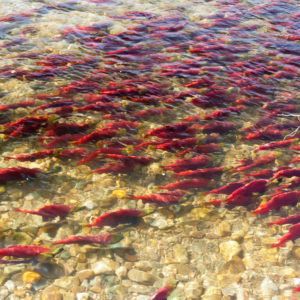How Genetic Pollution Could Change Nature as We Know It
2013 was a big year for Canadians. Pop star Justin Bieber was caught on camera urinating in a bucket, Toronto Mayor Rob Ford came clean about his crack cocaine use, and genetically engineered salmon eggs were approved to be produced on land in Canada.
By 2016, Canada became the first country in the world to approve a genetically engineered, ‘fast growing’ salmon for human consumption that could change wild stocks forever if it were to escape and breed with already at-risk wild Atlantic salmon. And as these operations scale up, it becomes a question of “when,” not “if.”
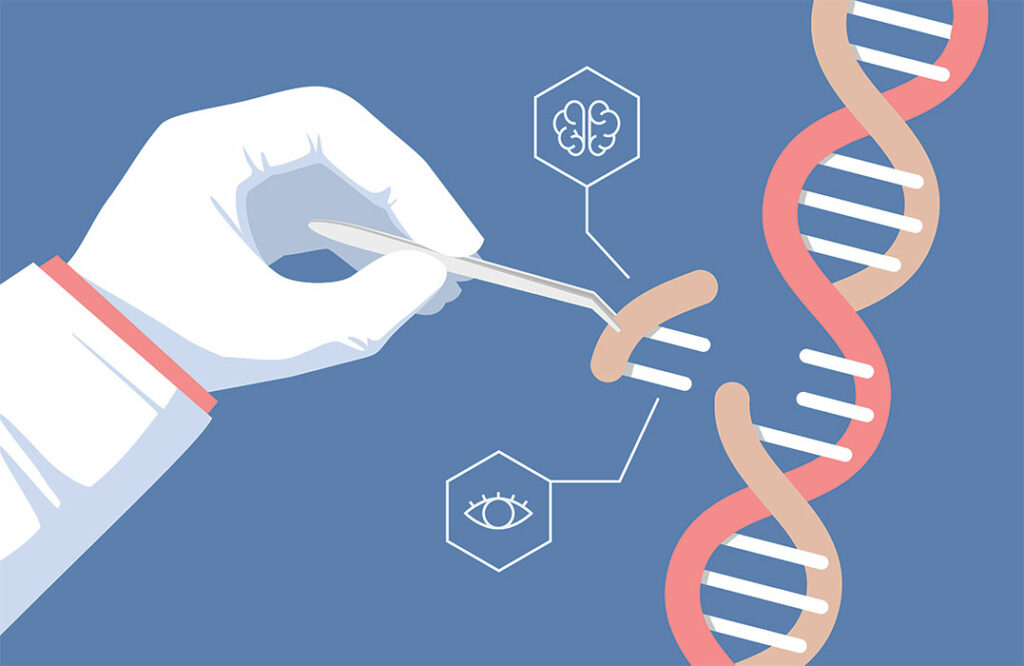
What is Genetic Pollution?
You’ve probably seen certain types of pollution with your own eyes: from takeout containers on the street to plastic bottles floating in the water. But human activity is creating a more insidious type of pollution: genetic pollution. Genetically engineered organisms like ‘fast growing’ salmon can put both wild species and ecosystems in danger.
Genetic engineered organisms as pollution is a relatively new concept. Simply put, genetic engineering is when humans use laboratory techniques to directly alter the DNA of an organism. At Nature Canada our focus is on engineered species that could breed with their wild counterparts changing their genetic make-up forever.
In the darkest scenario, genetic pollution could weaken a wild species, and along with all the other threats, put it at risk of extinction.

It’s already happened. In Brazil, fluorescent Glofish are lighting up waterways and breeding in the creeks of the Atlantic Forest—one of the most biodiverse places on the planet. Created as a novelty for aquarium enthusiasts, Glofish have escaped fish farms and are now swimming unchecked in the natural world.
The bright blue, green, and red hues of these genetically engineered zebrafish that make them attractive as pets now have the potential to make them more visible to predators. And if these fish were to breed with their wild counterparts, they’d all essentially be swimming around with ‘eat me’ signs that could be their end.
Let’s go back to the salmon. In Norway, farmed Atlantic Salmon escaped into rivers, resulting in 52 percent of the 147 salmon studied showing significant farmed genetic introgression. In other words, genetic information from the farmed salmon had been transferred into wild salmon species. There are all too many ways in which genetically engineered salmon can escape their captivity, such as human error, natural disasters, regulatory slippage, and corruption, just to name a few.
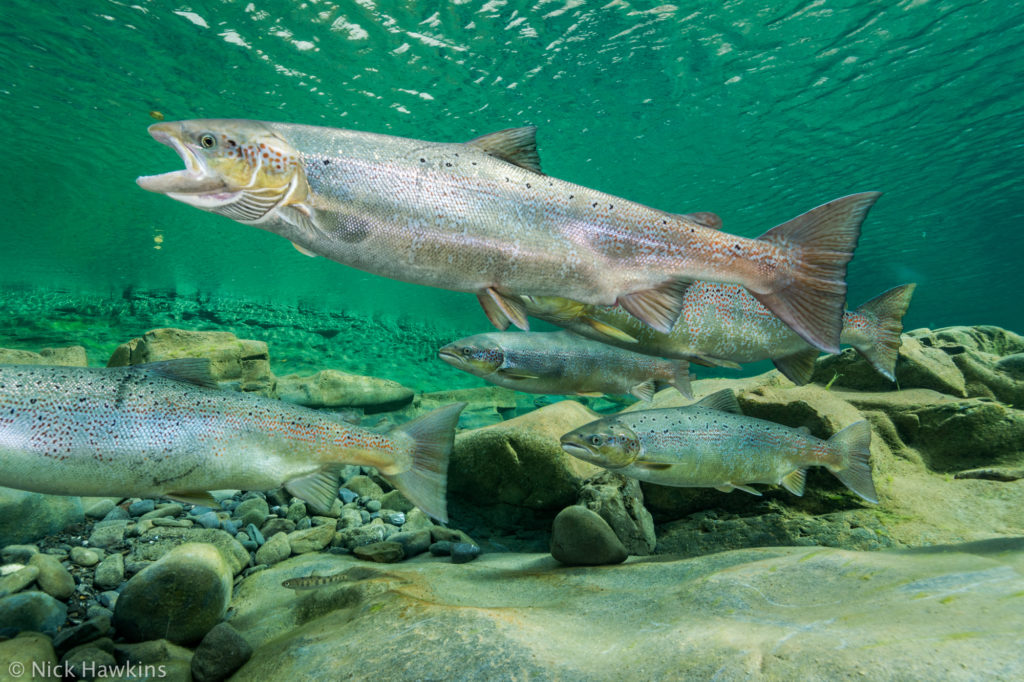
If genetically engineered salmon were to escape in Canada, such genetic pollution would pose a real and irreversible threat to already at-risk Atlantic Salmon. Wild species could be outcompeted for food, or if interbreeding were to occur, be fundamentally changed. This would affect the livelihoods of hundreds of Canadians and disrupt ecosystems forever.
How will our Canadian Environmental Protection Act amendments address Genetic Pollution?
Nature Canada is taking a stand against the growing threat of genetic pollution. We’ve brought together Indigenous Peoples, scientists, anglers, and conservationists to recommend changes to the Canadian Environmental Protection Act (CEPA) to keep wild species wild.
Here are our recommendations:
- Align CEPA reform with Indigenous rights
- Recognize all Canadians’ right to a healthy environment
- Ensure a living organism cannot be used until its safe use is demonstrated
- Reform risk assessment and ensure better use of science in decision-making.
- Make labelling of foods and consumer products containing genetically engineered organisms mandatory
- Improve accountability and transparency, including meaningful public involvement and informed acceptance
- Require opportunities for the public to review and comment before anything is proposed or put in motion
- Publish all details of the information provided to the Minister(s) and public
- Demand transparency when a substance or living organism that is subject to a significant new activity notice and that is on the Domestic Substances List is transferred
Nature Canada is actively working to ensure these recommendations make it into the Act. But we need your help. Read on to find out what’s developing right now in the legislative process and how you can help. Wouldn’t it be refreshing if humans acted before—not after—the proverbial (genetically engineered) horse has left the barn?
Where are we in the amendment legislative process?
Back in June, Nature Canada supporters raised their voices in support of our amendments to the Canadian Environmental Protection Act. In doing so, we took a big step towards protecting nature from genetic pollution when Bill S-5 passed the Senate with two out of three of our amendments included.
Now, MPs in the House of Commons will debate and amend the Bill further, hopefully upholding our currently accepted amendments and adding our third amendment.
Add your name to ask that the federal government modernize our environmental laws to protect nature from the unintended consequences of genetically engineered animals.
The approval and commercial production of genetically engineered salmon sets a dangerous precedent. If the genome of any wild species is allowed to be tampered with, where does the line between humans and nature stand?

